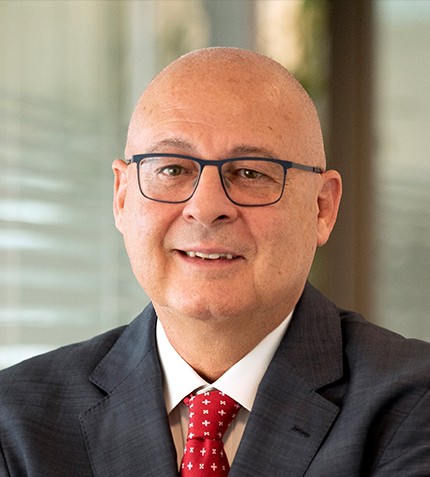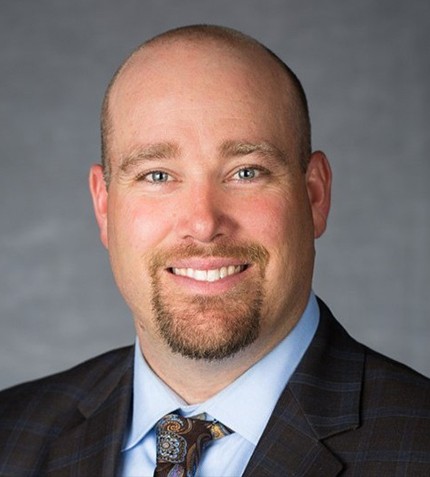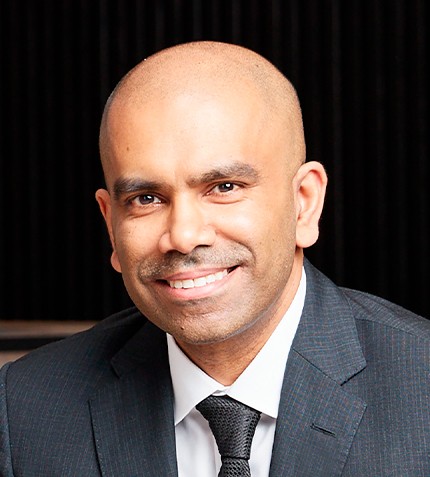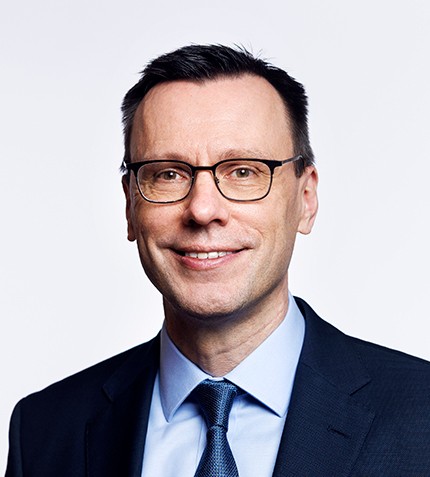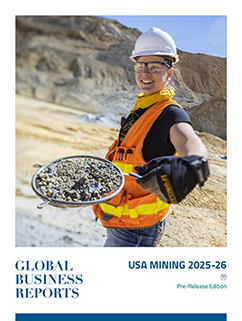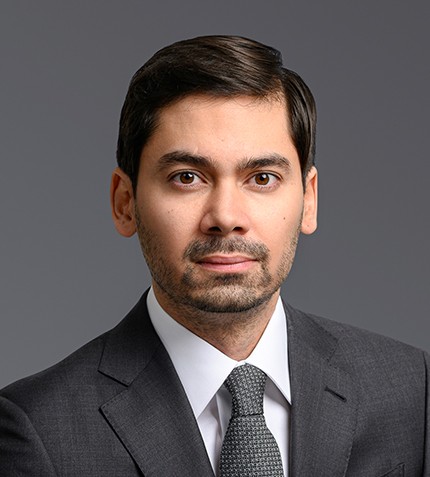
"We put together a 10-year fund, which could extend to 15 years if necessary. This allows management teams to access the capital and support they need to build assets at the most suitable time, rather than on a short-term horizon."
Michael W. Scherb
FOUNDER & CEO, APPIAN CAPITAL ADVISORY LLP
What was your vision when you founded Appian Capital Advisory 10 years ago?
We saw a unique opportunity because of a mismatch in the sector. Short-term capital was chasing what is a very long lead time, capital-intensive business. In other words, speculative retail, hedge funds and institutional investors were marking the market every month or every quarter, which does not allow management teams to see through cycles. The result was management making the same mistakes every cycle – buying and building at the wrong times. Our conclusion was that you could avoid a lot of the cyclicality by having a long-term capital base, so we put together a 10-year fund, which could extend to 15 years if necessary. This allows management teams to access the capital and support they need to build assets at the most suitable time, rather than on a short-term horizon.
The second aspect is that we are the only group in our sector that does not outsource any kind of technical diligence. As well as capital, we provide financial expertise (a team that has advised on mining deals worth over US$200 billion) and technical expertise with a team that has built over 60 mines into production. Appian is now a 40-person investment team, with offices in London, Toronto, Lima, Belo Horizonte and Sydney, as well as technical teams in Mexico and South Africa.
In January 2021, the completion of the Appian Natural Resources Fund II was announced, for US$775 million. How was the fund raised, and where will it be deployed?
The first Appian Natural Resources Fund raised US$375 million, making eight investments, and the seventh of which will be in production by the middle of 2021. From an operational perspective it has worked really well and proved our thesis. Fund II is a scaling up of this proven business model and we raised US$775 million, plus a large amount of co-invest from 15 groups of investors. This has positioned Appian as one of the biggest private equity players in the mining sector.
Fund II has the same strategy as Fund I, but on a slightly larger scale, as we can offer more credit and royalties. We have guiding macro themes that have been in place for over five years now, such as electrification, for example. However, there is no real chase for commodities, as we are technically focused, targeting bottom-up fundamentals of an asset. We managed to deploy 45% of Fund II during Covid, which proves you are still able to get good deals done despite what commodity prices are doing.
What are your views on the short-term outlook of the Robinhood generation of investors?
It is not just mining-driven, but society’s push for instant gratification and the ability to get that in a variety of ways. Shortened political cycles and instant news media without any fact checks are contributing to a climate where investors play the space in a very speculative manner. This is fine for Appian, as we are through-the-cycle investors, and if retail want to flood into a certain stock or commodity because it is hot, we can sell at that time. If they want to sell, we are going to be buying.
Which jurisdictions is Appian looking at, and what factors do you take into account when weighing up country risk?
I speak with the ministers of mines of many countries, and we are clear that our capital will go to the path of least resistance and best risk-reward. Latin America is the most important region for Appian and 70% of our capital is invested there. Throughout Latin America, some countries have done a great job of understanding how to attract long-term, professional, value-add capital. We would like to increase Appian’s position in Peru and Mexico.
How has the importance of ESG in the mining space evolved from an investment standpoint?
Today, ESG comes up in nearly every interaction with investors. It used to be a buzzword, then it became a checklist, and now it has become a real thematic in underwriting. It is an educational process that involves walking institutional investors (like pension plans and sovereign wealth funds) through the good that mining does in the world. This is not just about decarbonization and commodities, which is everyone’s focus, but involves communities, jobs, health, and infrastructure investment in remote parts of countries which may not usually receive benefits. A lot of sectors can learn from mining’s ability to bring different stakeholders together as part of a final product.




